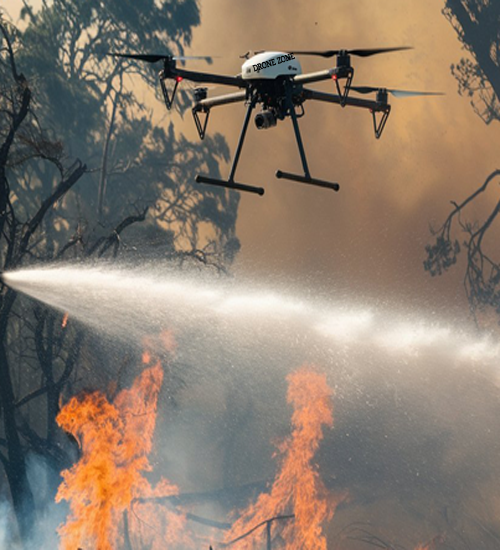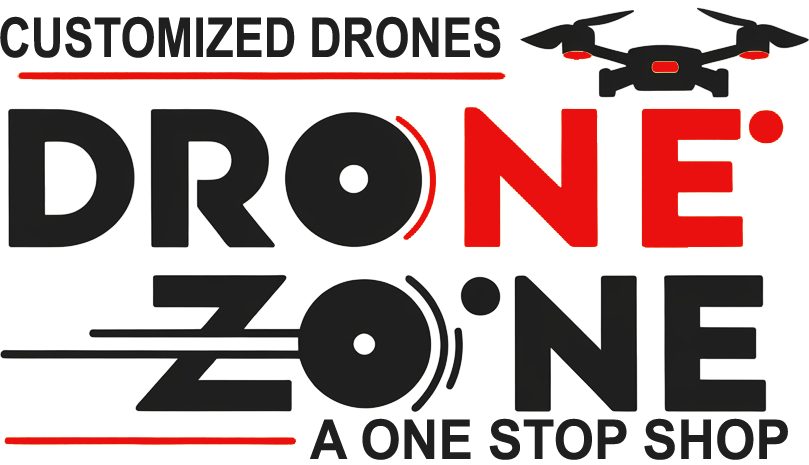
Purpose: Heat detection, monitoring fire zones.
Features:
- Infrared camera for enhanced fire detection.
- Long-range capability for wide-area monitoring.
- 20-minute flight time.
- Durable design for emergency operations.
- Weight: 18 kg
- Payload Capacity: 8 kg
- Maximum Flight Time: 20 minutes
- Maximum Speed: 35 km/h
- Battery: 10,000 mAh Lithium Polymer
- Control Range: 5 km
- Camera: Infrared camera
- Sensors: Obstacle avoidance, GPS
Base Price: ₹8,00,000 (~$9,467.93)
Rudra
Rudra drones specialize in heat detection and monitoring fire zones, offering unparalleled efficiency in firefighting operations. Equipped with an infrared camera, they can identify heat signatures from a safe distance, helping firefighters locate the fire's source and assess its spread. With a 20-minute flight time, Rudra drones provide ample operational scope for quick assessments and decision-making. Their long-range capabilities make them ideal for large-scale fires or remote locations. These drones contribute to improved safety for firefighters by reducing exposure to dangerous situations. By providing real-time data, Rudra drones enhance coordination and response times, ensuring better outcomes in firefighting efforts.
Firefighting drones are revolutionizing the way emergency services respond to fires, providing crucial aerial perspectives that ground teams cannot achieve. These drones are equipped with thermal imaging cameras that can see through smoke and darkness, identifying hotspots and the fire's spread, which is critical for planning an effective response. The real-time data provided by these drones allows incident commanders to make informed decisions, deploy resources more efficiently, and enhance the safety of firefighting personnel.
In addition to surveillance, some firefighting drones are designed to carry payloads of fire retardants or water, delivering them directly to the source of the fire. This capability is particularly useful in situations where it is too dangerous for human firefighters to operate. By acting quickly and precisely, these drones can help contain fires before they spread, potentially saving lives and property. As technology advances, we can expect firefighting drones to become even more autonomous, with improved capabilities for detecting and combating fires in a variety of environments.
In addition to surveillance, some firefighting drones are designed to carry payloads of fire retardants or water, delivering them directly to the source of the fire. This capability is particularly useful in situations where it is too dangerous for human firefighters to operate. By acting quickly and precisely, these drones can help contain fires before they spread, potentially saving lives and property. As technology advances, we can expect firefighting drones to become even more autonomous, with improved capabilities for detecting and combating fires in a variety of environments.
